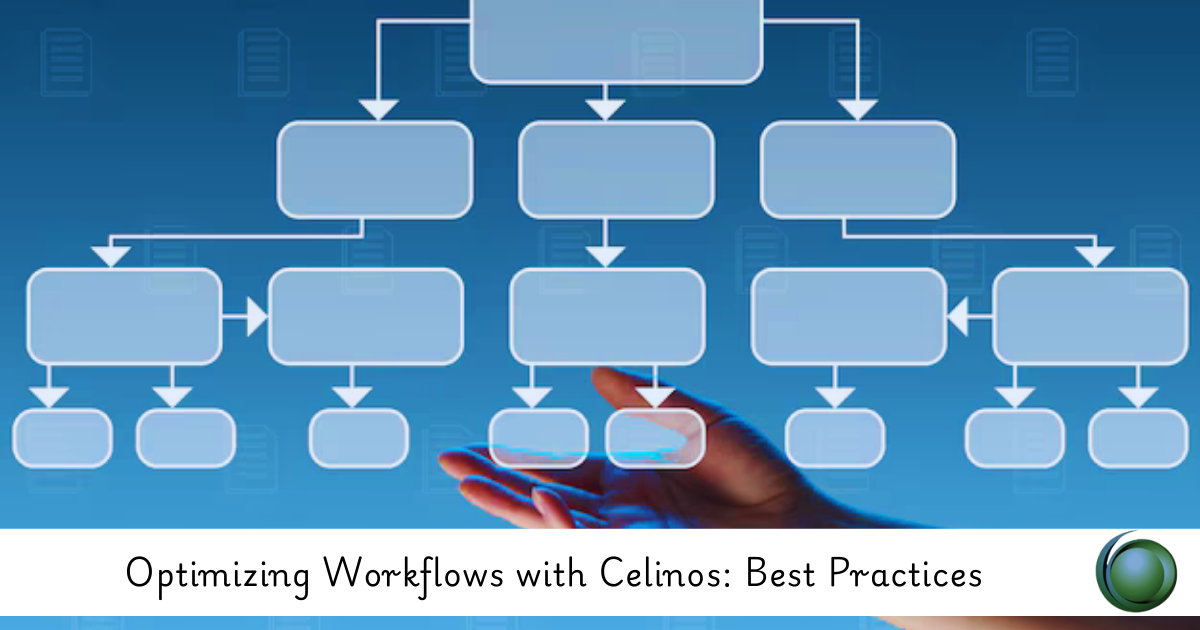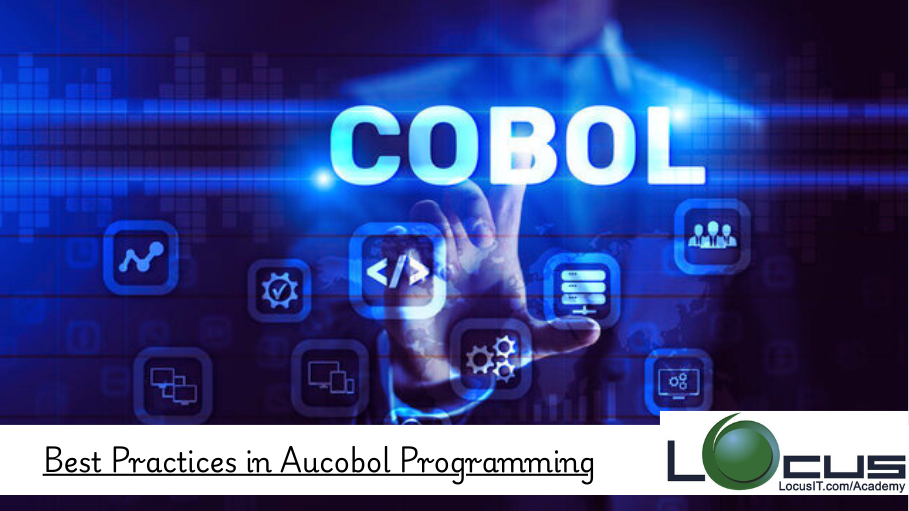Description
Introduction of BIAN Practitioner Certification
The BIAN Practitioner Certification course is designed for professionals looking to develop a practical understanding of the Banking Industry Architecture Network (BIAN) framework. This certification focuses on equipping participants with hands-on knowledge and practical skills to implement and manage BIAN’s service-oriented architecture (SOA) in real-world banking environments. Participants will learn how to use BIAN’s service domains, integrate banking systems, and apply best practices in the design, implementation, and optimization of banking services.
Prerequisites
Before taking this course, participants should have:
- A basic understanding of banking systems and business processes.
- Familiarity with the BIAN Foundation concepts or having completed the BIAN Foundation Certification.
- Knowledge of service-oriented architecture (SOA), enterprise architecture principles, and integration technologies.
- Experience with IT infrastructure, software integration, or application development (recommended but not mandatory).
Table of Contents
- Introduction to BIAN and Its Role in Banking
1.1 What is BIAN?
1.2 The Importance of BIAN in Modern Banking Systems
1.3 Key Benefits of Adopting BIAN
1.4 Overview of the BIAN Service-Oriented Architecture - Understanding BIAN Service Domains
2.1 What Are Service Domains?
2.2 Core Service Domains in BIAN(Ref: BIAN Advanced Certification)
2.3 Mapping Business Functions to Service Domains
2.4 The Interrelationships Between Service Domains - Implementing BIAN Service Domains in Practice
3.1 Service Domain Selection and Prioritization
3.2 Step-by-Step Guide to Implementing a Service Domain
3.3 Real-World Case Studies: Service Domain Implementations
3.4 Managing Change and Scaling Service Domains - Service Domain Integration and Interoperability
4.1 Understanding Integration Principles in BIAN
4.2 Practical Techniques for Integrating Service Domains
4.3 API Integration and Data Exchange Best Practices
4.4 Handling Data Flow and Ensuring Interoperability Across Systems - Governance and Compliance in BIAN Implementations
5.1 The Role of Governance in BIAN Implementations
5.2 Compliance Requirements for BIAN Service Domains
5.3 Risk Management and Security Best Practices
5.4 Regulatory Considerations in Banking Systems - Optimizing and Scaling BIAN Service Domains
6.1 Performance Optimization for Service Domains
6.2 Scalability Techniques for Large-Scale Implementations
6.3 Managing and Improving Service Domain Efficiency
6.4 Future-Proofing Service Domains for Digital Transformation - Best Practices for BIAN Implementation
7.1 Common Pitfalls in BIAN Implementations and How to Avoid Them
7.2 Best Practices for Successful BIAN Projects
7.3 Aligning BIAN Service Domains with Business Goals
7.4 Lessons Learned from Successful BIAN Implementations - BIAN Practitioner Certification Exam Preparation
8.1 Structure and Format of the Practitioner Certification Exam
8.2 Key Topics to Study for the Exam
8.3 Tips and Best Practices for Exam Success
Conclusion
The BIAN Practitioner Certification provides professionals with the practical skills and in-depth knowledge required to implement and optimize BIAN service domains effectively in banking environments. By completing this certification, participants will be well-equipped to contribute to the digital transformation of financial services, ensuring greater integration, flexibility, and scalability in banking systems. This certification is an essential step for professionals aiming to lead and manage BIAN implementations in a rapidly evolving banking industry.







Reviews
There are no reviews yet.